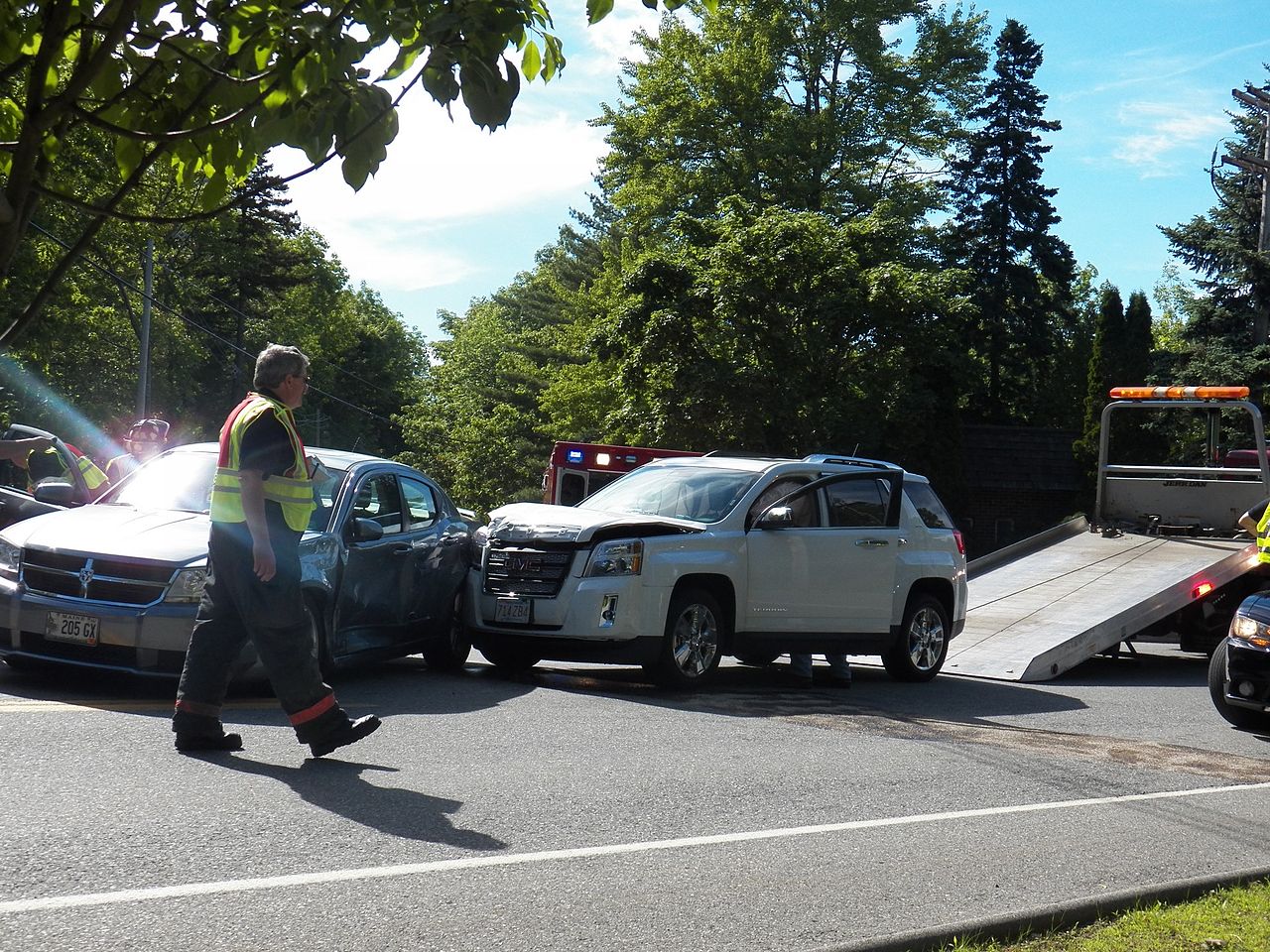What Are Soft Tissue Injuries? And Why Are They So Important With Neck Injury Claims
If you drive there is no small chance you will experience a motor vehicle collision at some point—there are 55,000 car crashes that result in injury each year in British Columbia. Not a small number of them will include back and neck injury claims.
Since getting injured in a collision can cause lasting injuries, it’s important to understand what these injuries are, and what treatments are available to help speed your recovery.
How “minor” are minor traffic accidents?
One of the biggest challenges to recovery following a motor vehicle collision is that we may not realize we have been injured until after the fact.
For example, you’re stopped at a traffic light and suddenly you feel a nudge – your car has just been lightly bumped from behind. You get out, determine there’s no damage to your rear bumper – it was just a nudge, right? – take the other driver’s license plate info to make a claim, and go off on your way.
But, sometimes a nudge is not just a nudge.
When a nudge is not just a nudge
In recent decades, cars have been designed to absorb the impact of a collision. However, at lower speeds there may not be enough to trigger the modern defensive array of shock-absorbing bumpers and panels designed to prevent injury. Instead, the force and energy of the collision is transferred to you, the driver of the vehicle, and your passengers.
While that force may not have seemed like a lot (it certainly wasn’t enough to leave a dent on your bumper), it may still have an effect on your body. For example, imagine if someone unexpectedly pushed you hard from behind. It can hurt!
It’s a similar scenario inside your car–it’s as if you’ve been pushed from behind. What complicates things is you’re sitting in a seat, which means your body is immobilized, and all of the force is transferred to your neck and then your head.
So often that simple nudge from behind can cause unforeseen results.
Common injuries following a motor vehicle collision
These injuries can be to any part of your body, depending on the circumstances of the crash and the severity of the impact, and can include:
- Neck injuries, disc herniation and ligament tears
- Back and spinal injuries
- Lacerations, fractures, and broken bones
- Concussions and brain injuries
A number of these injuries can be classified as “soft tissue injuries.” Since they don’t show up in X-rays and other common medical tests, these injuries can be difficult to diagnose and treat.
It’s important to understand what they are, and to seek help following a motor vehicle collision.
What is a soft tissue injury?
“Soft tissue injury” is a blanket term used to describe injuries to muscles, ligaments, tendons, and other connective tissues. And, thanks to a simple nudge, motor vehicle collisions can result in complex soft tissue injuries that can be hard to diagnose.
Some of the symptoms from a car accident that may not show up immediately are:
- Arm and leg pain
- Back and neck pain
- Bruising and tenderness
- Dizziness and headaches
- Muscle weakness
- Numbness
- Sprains and strains
Often these soft tissue injuries manifest themselves as significant pain to the neck and back an all-to-frequent cause of a soft tissue injury to the neck is a violent back and forth—whiplash— motion of the neck in a rear end collision.
What is Whiplash?
Many of us have heard of the term whiplash, but only people who have been involved in a collision or car accident can really grasp how complex and difficult to diagnose this injury is.
Whiplash, technically known as”cervical acceleration-deceleration” (CAD) can include a number number of injuries, including:
- Headaches, neck pain and jaw pain
- Dizziness and fatigue
- Joint dysfunction
- Herniated disc
- Muscle tears
People who have experience whiplash also report other conditions, including depression, anger and frustration, stress and anxiety, insomnia, and even PTSD. The challenge is, following a collision doctors may not be able to link these conditions to whiplash.
If you experience whiplash symptoms after a collision, it is important to get a prompt and accurate diagnosis to rule out fractures and other tissue damage. Your healthcare practitioner may use diagnostic tools such as CT scans, X-rays or MRIs.
Motor Vehicle Accident Recovery
It can be very hard for a physician or medical professional to effectively diagnose soft tissue injuries. They don’t show up on an x-ray, after all, and you have to live with the pain and discomfort while waiting for more sophisticated help.
So, doctors often treat soft tissue injuries with prescription medications or even Ibuprofen, and tell you to follow-up at some point in the future with a specialist.
What should you do after your accident?
Some people don’t even decide to go to a doctor after a motor vehicle collision. As a result of the trauma of the car accident, your body reflexively produces hormones called endorphins, which act as painkillers.
This means you might not realize right away that you have been injured.
So, even if you think it’s a minor fender-bender, it’s important to seek medical attention as quickly as possible, ideally within 24 hours of the accident. And, before you do anything else, be sure to start a medical journal:
- Keep a list of all doctors, clinics, hospitals, and health care practitioners
- Keep receipts for all medical bills and receipts
- Keep all of your correspondence with medical professionals, insurance adjusters, and any accident reports from the police
- Keep records of financial losses, such as lost wages
All of this documentation will come in handy should you need to make a claim with ICBC. If you have been injured, or simply have more questions, contact us for a free, no obligation consultation.
